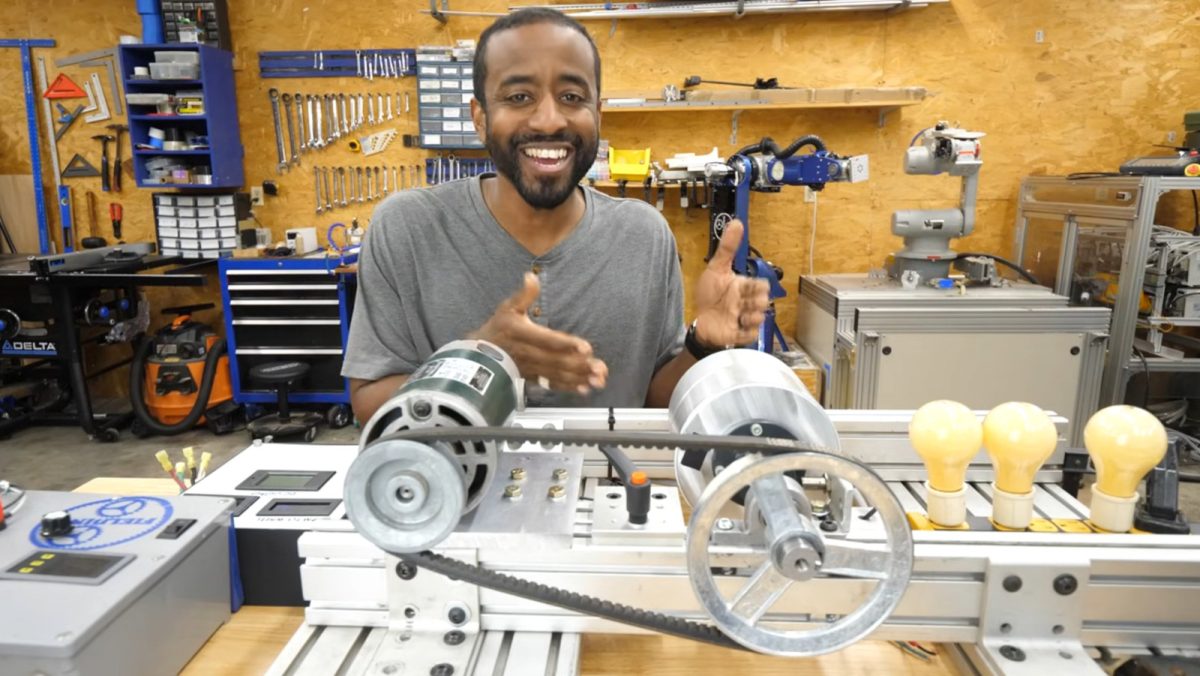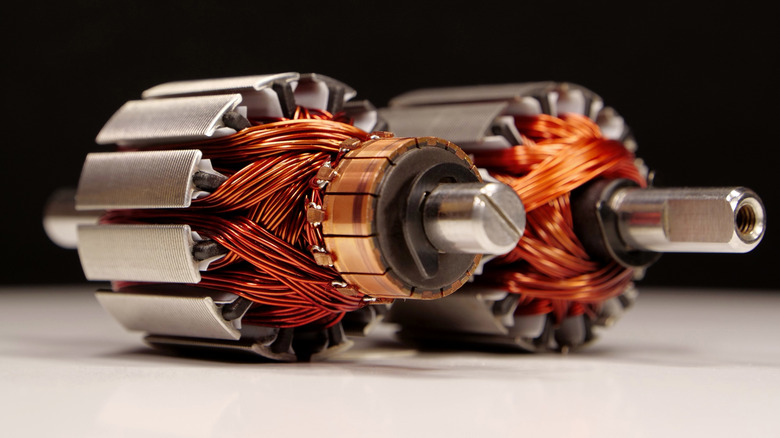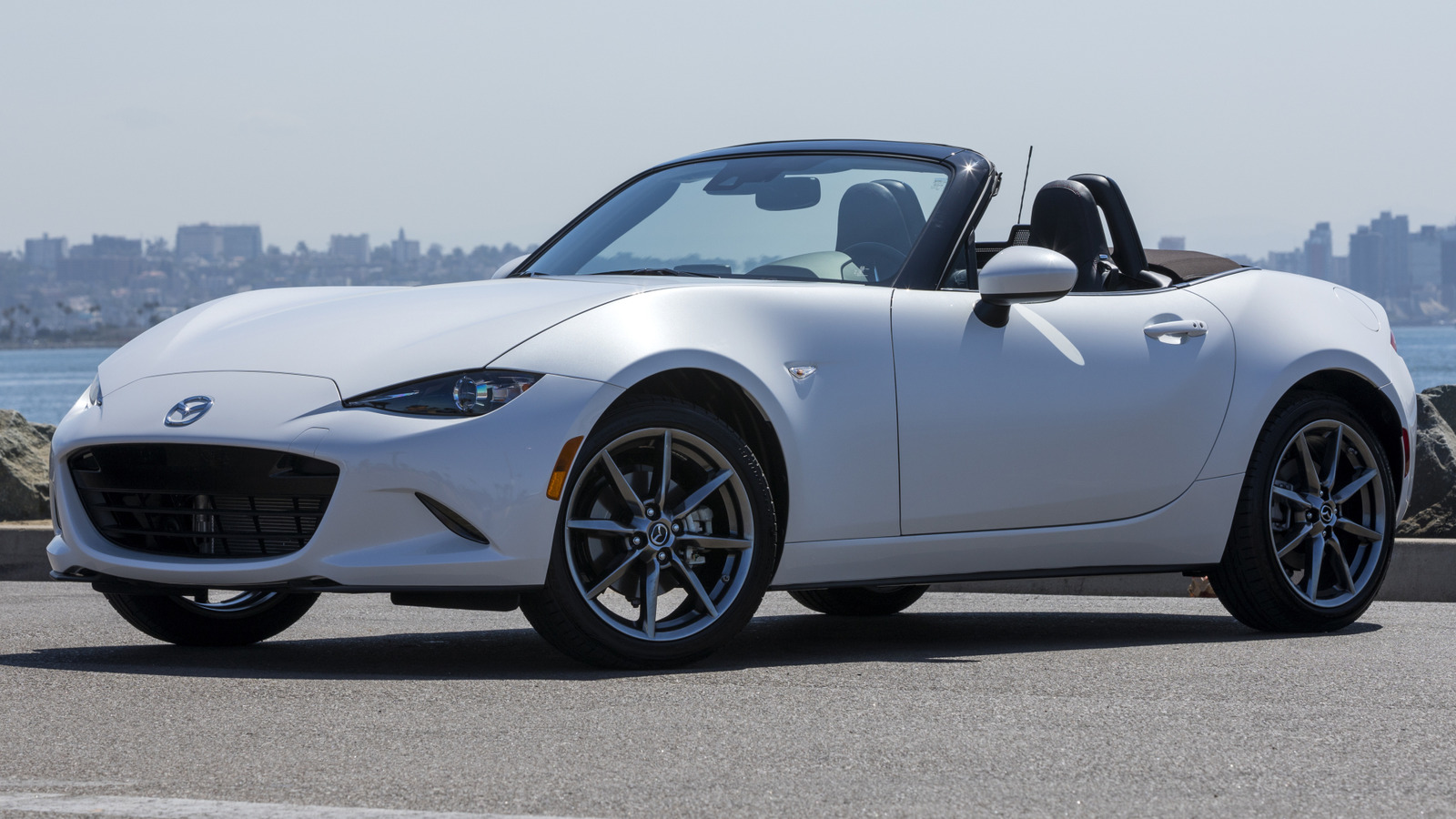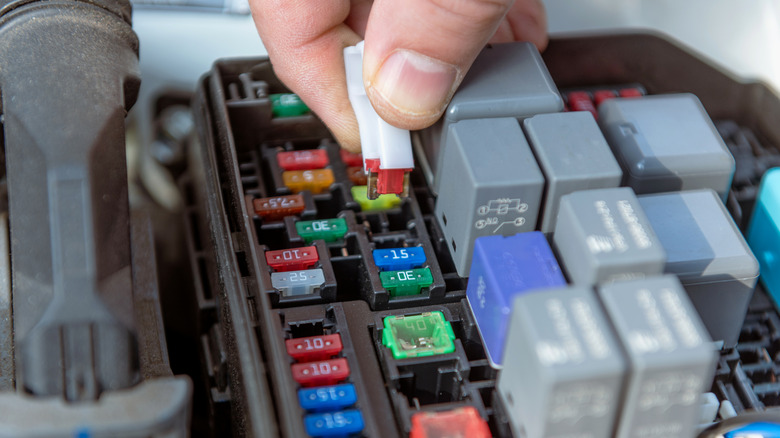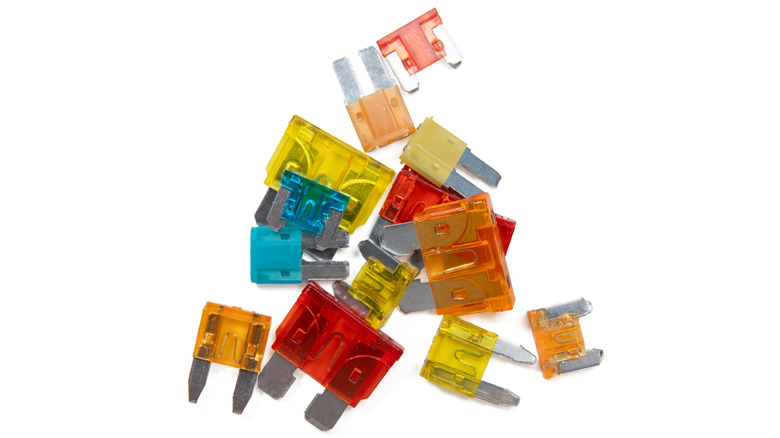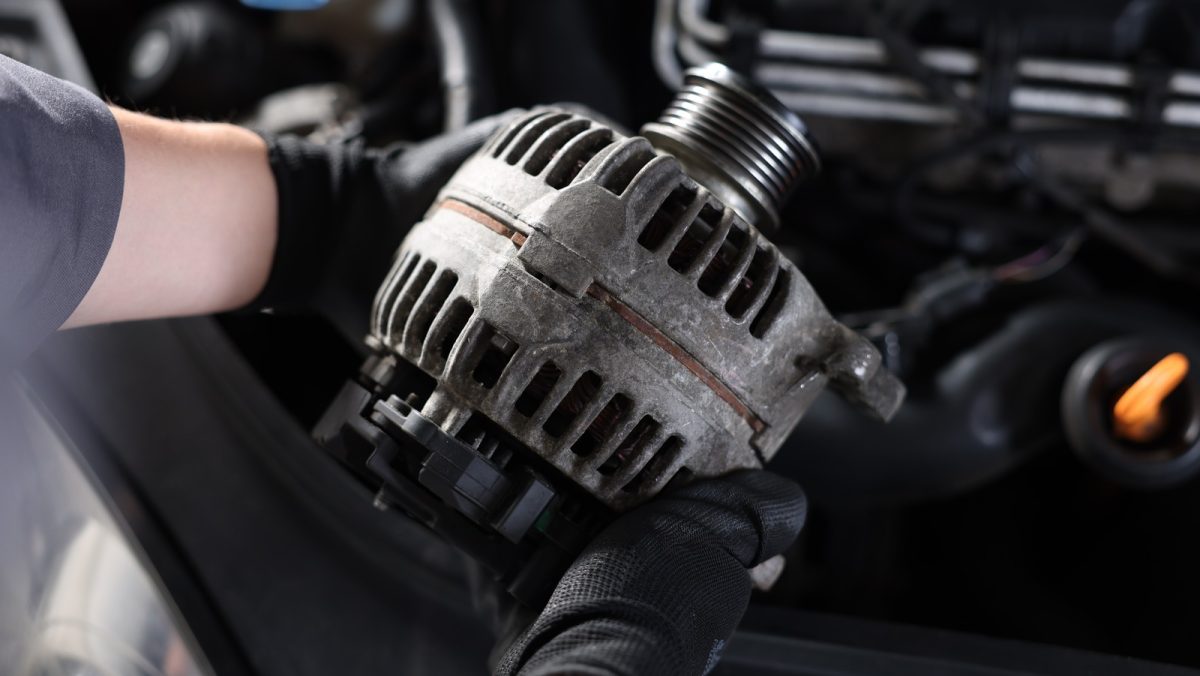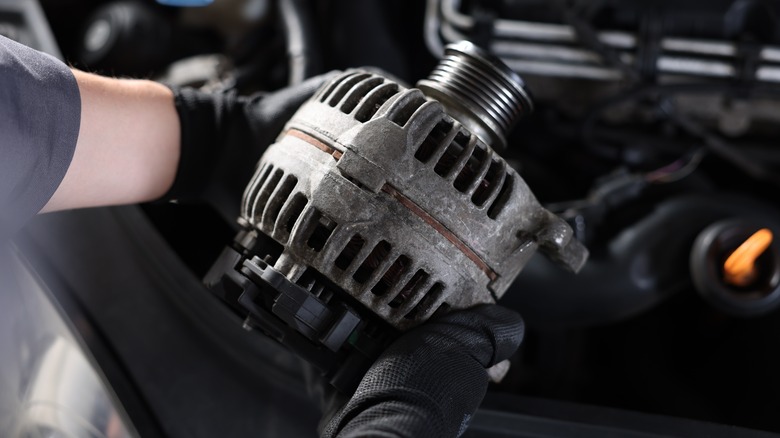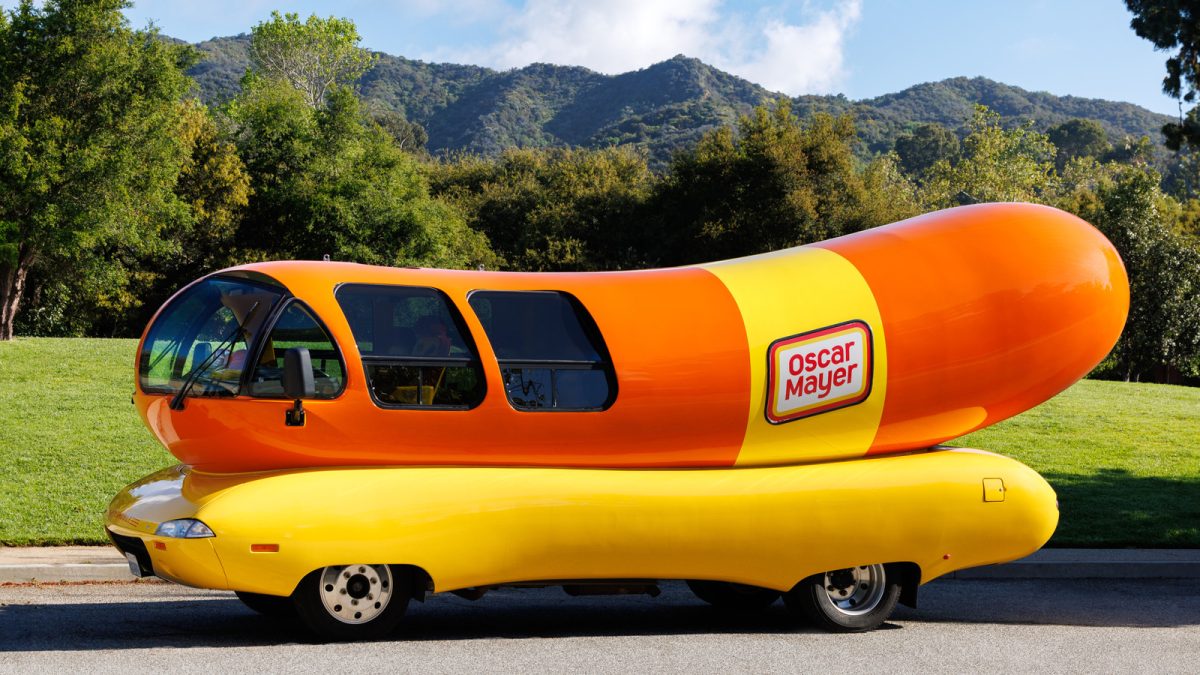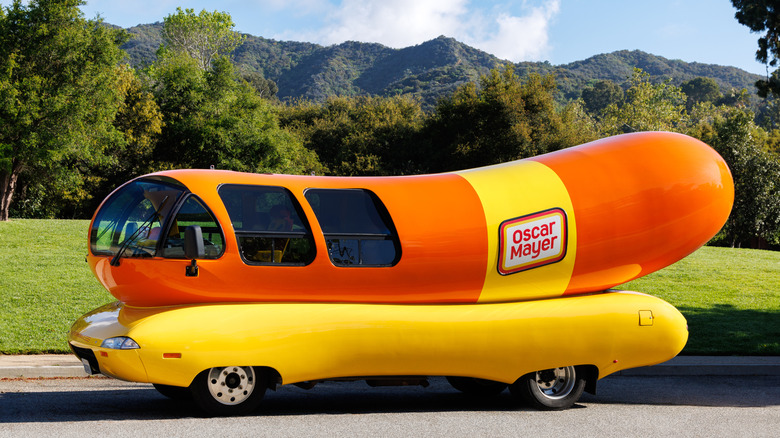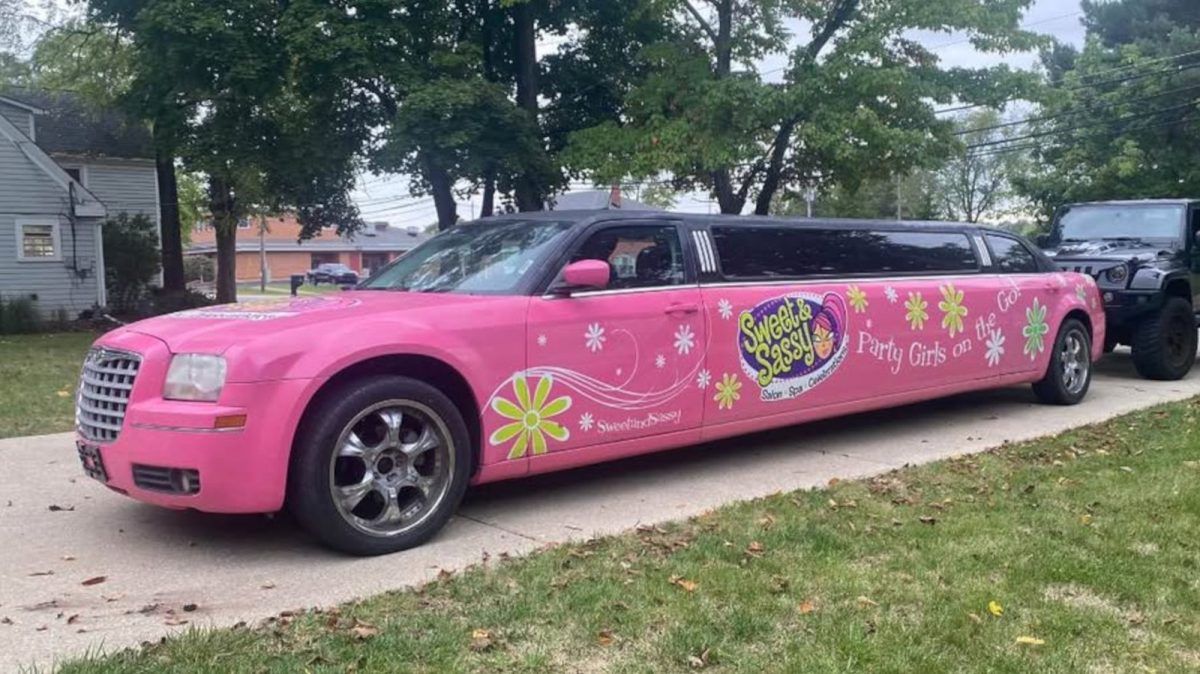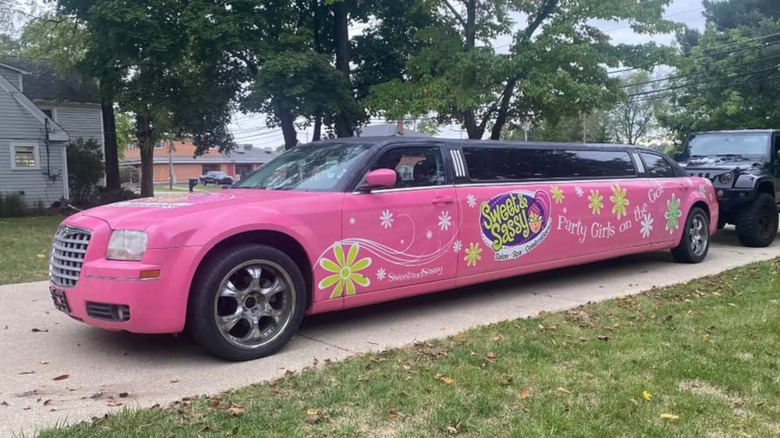بازسازی یک مفهوم وحشی است. ذهنهای جوان اغلب وقتی میآموزند که برخی از ستارههای دریایی شگفتانگیز میتوانند در صورت گاز گرفتن یکی، بازوهای جدیدی رشد دهند، متحیر میشوند. جزئیات چرایی و چگونگی آن بعدا می آید. به همین ترتیب، بسیاری از ما وقتی به ما می گویند که سیستم های ترمز احیا کننده به شارژ مجدد باتری ها کمک می کند، سر خود را تکان می دهیم و وقتی می پرسیم چگونه این اتفاق می افتد، سر خود را مانند سگی گیج کج می کنیم. ما می دانیم، اما آیا می دانیم؟ جرمی فیلدینگ یک خالق با استعداد YouTube است که اشتیاق زیادی به مهندسی مکانیک دارد و یک ستاره راک جوان کننده است. ابزارهای دستی او و توضیح علم پشت صحنه ممکن است بهترین چیزی باشد که دیده ایم.
هر خودروی الکتریکی و خودروی هیبریدی که در ایالات متحده فروخته می شود، دارای نوعی سیستم ترمز احیا کننده است. سیستم های ترمز معمولی از اصطکاک برای توقف خودرو استفاده می کنند و انرژی به گرما تبدیل می شود. ترمز احیا کننده حرکت رو به جلو را به انرژی برای شارژ مجدد باتری ها تبدیل می کند که به نوبه خود می تواند به افزایش برد کمک کند یا سیستم های دیگر مانند رادیو یا تهویه مطبوع را تامین کند. این بسیار جادویی و ترمز احیا کننده است که می تواند فرزند شما را در آزمون رانندگی رد کند.
فیلدینگ نشان می دهد و به ما می گوید که چگونه جادو اتفاق می افتد، با استفاده از یک سیستم ترمز احیا کننده چشمگیر که خودش ساخته است. دارای یک کنترل کننده سرعت DC و یک موتور که از تردمیل کشیده می شود، و همچنین یک جعبه نمایشگر RPM سفارشی و قدرت، متصل به سنسور سرعت. با یک چرخ طیار خانگی به عنوان جایگزین خودرو، و لامپهایی که شارژ باتری را نشان میدهند، زمانی که فیلدینگ سوئیچ درام را برای نمایش شتاب و ترمز احیاکننده در حال حرکت میچرخاند، این علم زنده میشود.
موتورهای الکتریکی، ترمزهای بدون ترمز
افرادی که در میان 1.18 میلیون مشترک اصلی فیلدینگ کانال یوتیوب نیستند، ممکن است از این موضوع الهام بگیرند که او یک اصلاح طلب خودآموخته است که به دنبال اشتیاق خود، حرفه خود را تغییر داده است. در JeremyFielding.com، او میگوید هدفش این است که «مردم را با پروژههای شگفتانگیز به مهندسی مکانیک بکشاند، ایدههایی را به آنها الهام بخشد، و سپس به آنها بیاموزد که چگونه این کار را انجام دهند». چه ماشین شما ترمزهای احیا کننده داشته باشد یا نه، دیدن آن در اینجا ارزش وقت گذاشتن را دارد.
ویدئوی فیلدینگ توضیح میدهد که چرا کاهش سرعت بدون اعمال ترمز یک پدیده ترمز احیاکننده است: پدال گاز مانند یک سوئیچ عمل میکند. فشار دادن پدال موتور الکتریکی را به یک کاربر قدرتمند تبدیل می کند و آب را مستقیماً از باتری می مکد. رها کردن پدال موتور را به یک ژنراتور برق تبدیل می کند که با نیروی حرکت رو به جلو خودرو نیرو می گیرد. هر چه موتور بیشتر انرژی جنبشی را برای شارژ باتری یا تامین انرژی دیگر جذب کند، سرعت خودرو کاهش مییابد – مانند یک خودروی Lucid Air Pure AWD که فقط در توقفها در سرعت بزرگراه از ترمز احیاکننده استفاده میکند.
فیلدینگ از طریق یک سری تظاهرات ساده و زیبا – از جمله عجیبترین و هیپنوتیزمترین توالی یک آهنربای استوانهای شناور در داخل یک لوله مسی، قانون تضاد انرژی لنز را تقطیر میکند و ما در مورد خواص الکترومغناطیس که در نهایت بر این موضوع که چرا یک ماشین الکتریکی نمیتواند خود را به طور نامحدود شارژ کند، میآموزیم. فیلدینگ همچنین به مزایا و معایب نحوه حفظ ترمز احیا کننده لنتهای ترمز اشاره میکند که برخی از مالکان تسلا اعلام کردهاند که میتوانند 100000 مایل در خودروهای الکتریکی خود دوام بیاورند.
منبع: https://www.jalopnik.com/2052268/regenerative-braking-physics-explained-diy-rig/
